Health is undoubtedly the greatest of the treasures. The World Health Organization (WHO) designated individual well-being in its ubiquitous discernment in its 1948 vitality as:
“A case of complete physical, subconscious, and convivial prosperity and not slightly the inadequacy of ailment or feebleness.”
This interpretation has been governed to disagreement, in circumstantial as requiring operational state, the incertitude in developing cohesive wellness maneuverings, and because of the predicament created by use of the term “complete”, which addresses it functionally unmanageable to accomplish. But, accomplishing is not that difficult as thought, you may find an ultimate guide to healthy living at Supplement Bit website. Vitamin D plays a major role in defining the quality of our health.
Here I’ll now demonstrate some of the foods that are rich in the nutrition and contain vitamin D.
Sardines
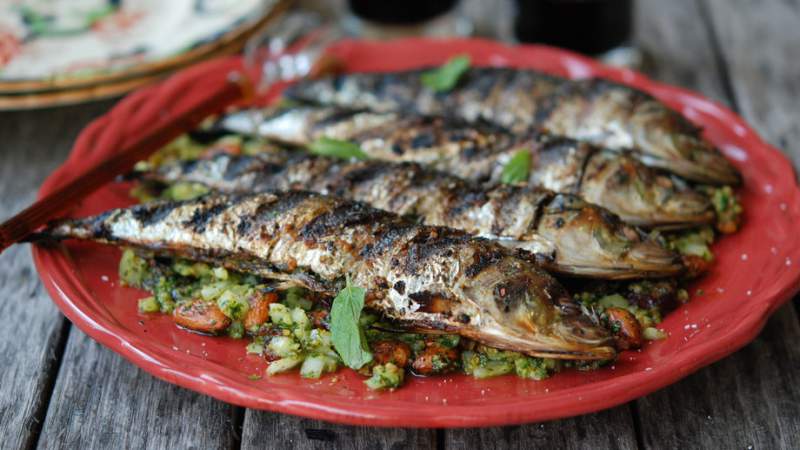 Vitamin D is copious in marbled seafood like sardines, tuna, and salmon. And the traditional utensil of cod liver kerosene has about 400 worldwide assemblages of the vitamin, which is the contemporary dosage testimonial for infants from the American Academy of Pediatrics.
Vitamin D is copious in marbled seafood like sardines, tuna, and salmon. And the traditional utensil of cod liver kerosene has about 400 worldwide assemblages of the vitamin, which is the contemporary dosage testimonial for infants from the American Academy of Pediatrics.
Federal adjudicators are now critiquing their counseled periodic deduction, which is currently set at 200 IUs a day. The investigation is in acknowledgment to mounting confirmation that American grown-ups, as well as teenagers, are not getting adequate vitamin D. And that vitamin D insufficiency could be associated to a multitude of health predicaments, including cardiovascular morbidity, diabetes, and several malignancies.
Eggs
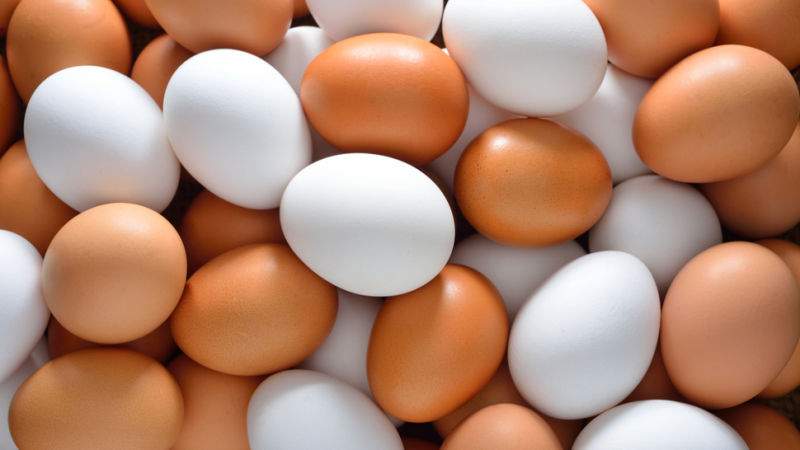 An extra maneuvering is to adjudicate and raise the significance of vitamin D in foods that already have some vitamin D in them, consistently. Eggs are often classified as a rich reservoir of vitamin D. Is that straight?
An extra maneuvering is to adjudicate and raise the significance of vitamin D in foods that already have some vitamin D in them, consistently. Eggs are often classified as a rich reservoir of vitamin D. Is that straight?
According to the USDA, one big egg, which registers about 50 g, comprises roughly 50 IU vitamin D3, which is collected in the egg-yellow. Dr.Linxing Yao and collaborators of Lowa State University decided to examine if they could expand the measure of vitamin D in eggs by encouraging the roosters more vitamin D and see that defense impaired egg state or palatability.
They conveyed a 40-wk analysis using depositing hens to examine the consequence of maintaining numerous vitamin D3 supplemented nutrition. Forages were enriched with four varying amounts of vitamin D3, about 9,700, 17,000, 25,000, and 100,000 IU/kg of broiler provisions.
The administration intake, the volume is given fryers now, was 2,200 IU D3/kg fodder. The chickens authorized the soaring D3 gonorrhea without any rear influences.
Mushrooms
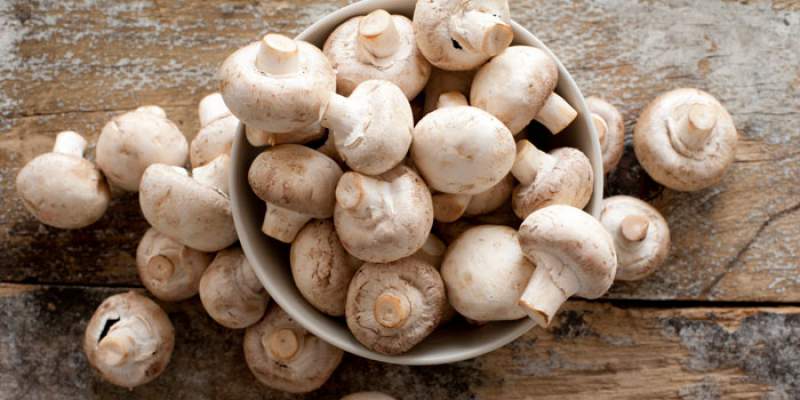 Mushrooms revealed to daylight or UV scattering are an excellent beginning of dietary vitamin D2 because they contain huge intensities of the vitamin D antecedent, provitamin D2.
Mushrooms revealed to daylight or UV scattering are an excellent beginning of dietary vitamin D2 because they contain huge intensities of the vitamin D antecedent, provitamin D2.
Continued presentation of mushrooms to UV radiation returns in the stock of lumisterol2 and tachysterol2. It was commented that the collection of lumisterol2 prevailed constantly in white dial mushrooms for up to 24 h after being presented. However, in the corresponding mushroom tachysterol2 bands immediately rejected and were undetectable after 24 h. Shiitake mushrooms not only generate vitamin D2 but also generate vitamin D3 and vitamin D4.
A reflection of the bioavailability of vitamin D2 in mushrooms associated with the bioavailability of vitamin D2 or vitamin D3 in a appendix exhibited that ingestion of 2000 IUs of vitamin D2 in mushrooms is as efficient as ingesting 2000 IUs of vitamin D2 or vitamin D3 in a compliment in raising and sustaining blood levels of 25-hydroxyvitamin D which is a trademark for a person’s vitamin D situation.
Therefore, mushrooms are a rich source of vitamin D2 that when employed can enhance and maintain blood levels of 25-hydroxyvitamin D in a healthful meadow. Ingestion of mushrooms may also afford the purchaser with a beginning of vitamin D3 and vitamin D4.
Milk and Yogurt
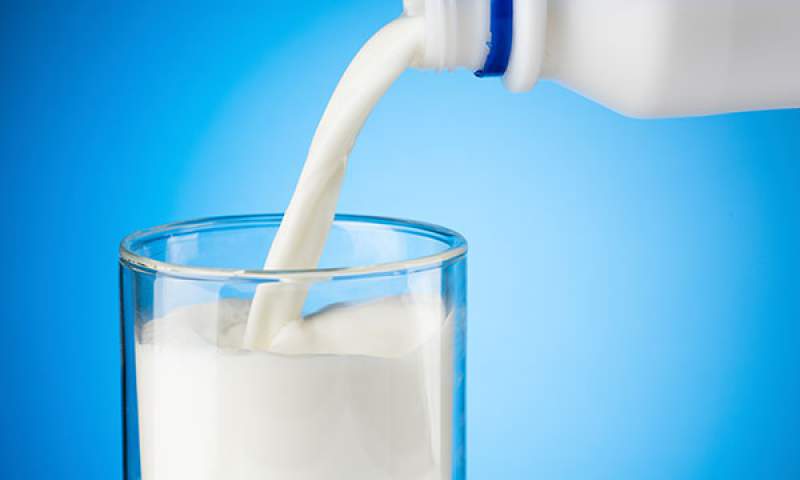 If your milk and yogurt are strengthened with at least 100 international units of vitamin D in 1 cup, you’ll need 6 platefuls to adhere your diurnal purpose. Getting plenty vitamin D comes down to how much you can operate into your quotidian nutrition. If you have a one-half container of milk with your daylight grain, sip a tumbler of milk at luncheon and collation and have two platefuls of yogurt, you’ll be up to 75 percent of the prescribed daily consumption.
If your milk and yogurt are strengthened with at least 100 international units of vitamin D in 1 cup, you’ll need 6 platefuls to adhere your diurnal purpose. Getting plenty vitamin D comes down to how much you can operate into your quotidian nutrition. If you have a one-half container of milk with your daylight grain, sip a tumbler of milk at luncheon and collation and have two platefuls of yogurt, you’ll be up to 75 percent of the prescribed daily consumption.
If you’re not an aficionado of conventional milk, tackle making a smoothie with yogurt, milk and a banana or other fruits.Wish this article helped you to tackle with some of the finest foods rich in Vitamin D.
Canned Tuna
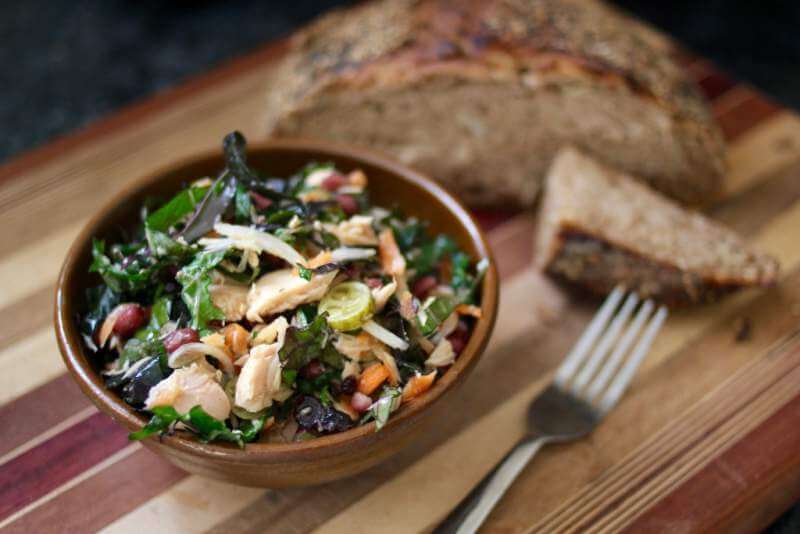 Numerous individuals appreciate canned fish in view of its light flavor and the way that it can be kept close by in the wash room.
Numerous individuals appreciate canned fish in view of its light flavor and the way that it can be kept close by in the wash room.
It is likewise generally less expensive than purchasing new fish.Canned light fish contains up to 236 IU of vitamin D in a 100-gram (3.5-oz) serving, which is the greater part of the RDI.
It is additionally a decent wellspring of niacin and vitamin K.
Sadly, canned fish is regularly connected with methylmercury, a poison that is found in numerous kinds of fish. In the event that it develops in the body, it can cause genuine medical issues in people, not withstanding, a few kinds of fish posture less hazard than others. Light fish is normally a superior decision than white fish, and it’s viewed as protected to eat up to 6 oz every week
Salmon
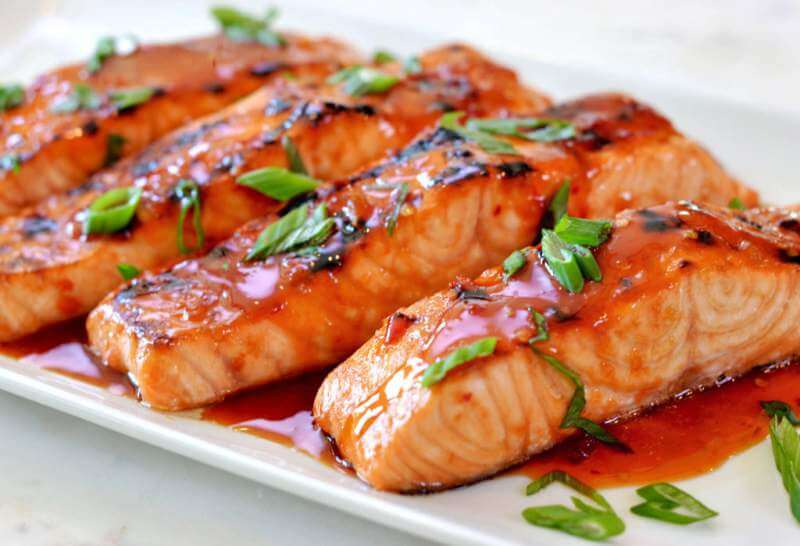 Salmon is a prominent greasy fish and furthermore, an awesome wellspring of vitamin D.As indicated by supplement databases, one 3.5-oz (100-gram) serving of salmon contains in the vicinity of 361 and 685 IU of vitamin D.
Salmon is a prominent greasy fish and furthermore, an awesome wellspring of vitamin D.As indicated by supplement databases, one 3.5-oz (100-gram) serving of salmon contains in the vicinity of 361 and 685 IU of vitamin D.
Notwithstanding, it is generally not indicated whether the salmon was wild or cultivated. This won’t appear to be critical, but rather it can have a major effect.One investigation found that wild-got salmon contains 988 IU of vitamin D per 3.5-oz (100-gram) serving, all things considered. That is 247% of the Reference Daily Intake.
A few investigations have found significantly more elevated amounts in wild salmon, going up to 1,300 IU per serving.
Cultivated salmon contained just 25% of that sum, all things considered. All things considered, that implies a serving of cultivated salmon contains around 250 IU of vitamin D, which is 63% of the RDI.Though, all the other vitamins are equally important, but vitamin D is given more importance because it manages your skin tone, height, almost every character. So, be nutritious, be healthy!
